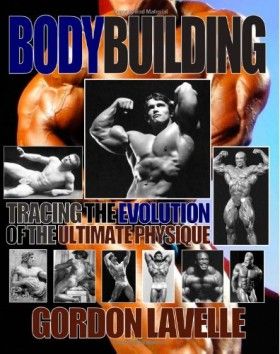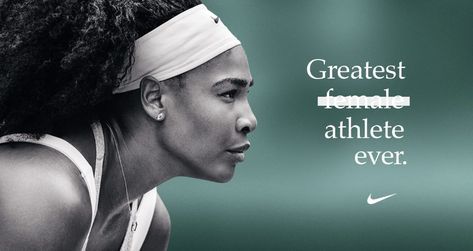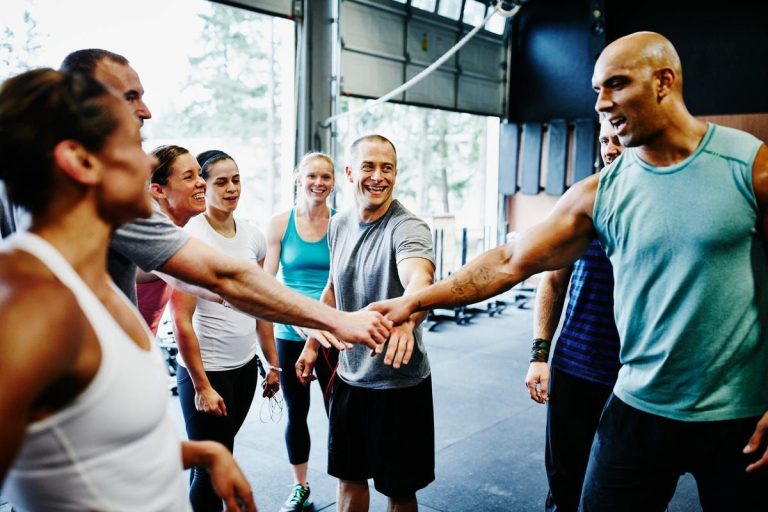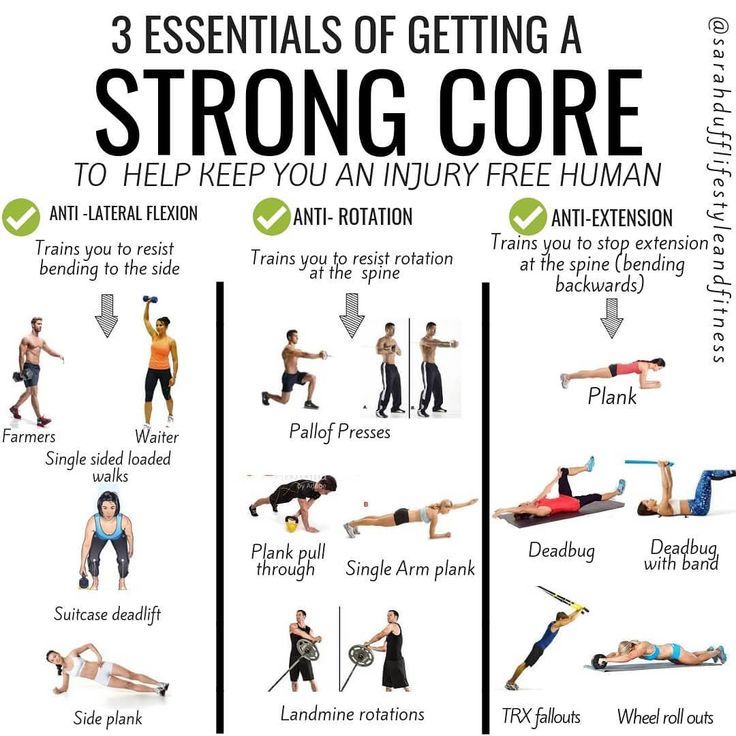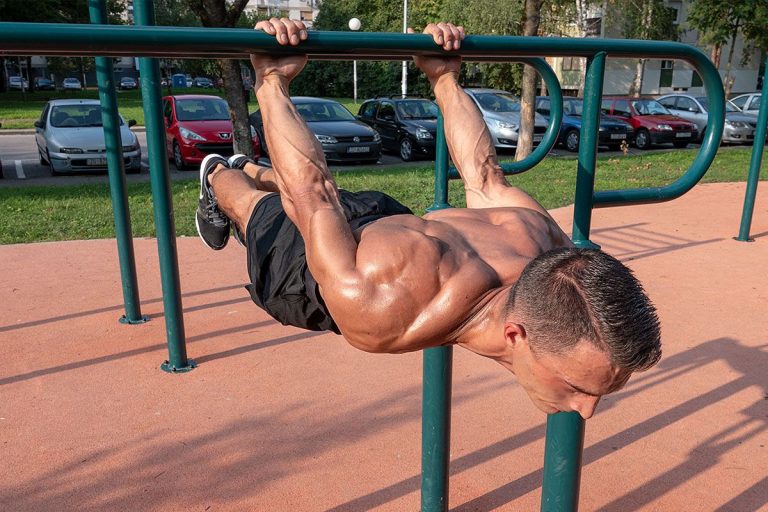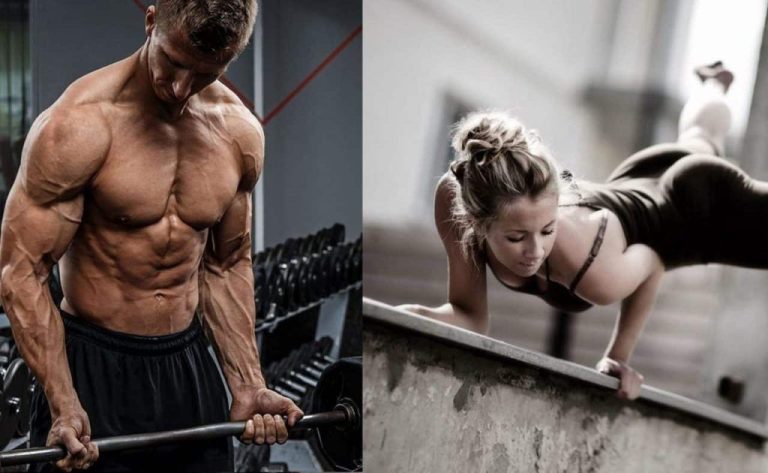Bodybuilding has come a long way since its inception. From its early form as a means of demonstrating physical strength and athleticism, it has evolved into a modern-day sport that combines science, art, and dedication. In this article, we will explore the fascinating journey of bodybuilding, highlighting the key developments and influential individuals that have shaped it into what we see today.
The Ancient Roots
The roots of bodybuilding can be traced back to ancient civilizations such as Egypt, Greece, and Rome. These cultures revered the ideal human physique and incorporated physical training into their daily lives. From gladiators displaying their strength and muscularity in Roman amphitheatres to Greek sculptures showcasing chiseled physiques, the aesthetic appeal of a well-developed body has always captivated society.
Modern Beginnings
Fast-forward to the late 19th century, when a man by the name of Eugen Sandow emerged as the “father of modern bodybuilding.” Sandow, a renowned strongman, sought to showcase his impressive physique for public admiration. He organized the first ever bodybuilding competition in 1901, paving the way for the sport’s formal establishment.
The Golden Era: 1920s to 1970s
The 1920s saw bodybuilding gain popularity, with figures like Charles Atlas and Bernarr Macfadden spearheading the movement. However, it was during the 1950s to the 1970s, known as the “Golden Era,” that bodybuilding truly blossomed. Icons such as Arnold Schwarzenegger, Franco Columbu, and Lou Ferrigno rose to prominence, showcasing exceptional physiques and popularizing the sport worldwide.
The Rise of Science and Training Techniques
In the late 20th century, bodybuilding began to embrace advancements in scientific research and training techniques. With improved understanding of nutrition, muscle development, and supplementation, athletes could now fine-tune their bodies to reach new levels of muscularity and symmetry. This scientific approach, coupled with intense training regimens, pushed the boundaries of what was perceived as possible in terms of physique development.
The Modern Era
Today, bodybuilding has transformed into a highly competitive sport with numerous divisions and categories. The Mr. Olympia competition, established in 1965, remains one of the most prestigious bodybuilding events, attracting elite athletes from around the world. The sport has also gained significant exposure through social media, with bodybuilders using platforms like Instagram and YouTube to showcase their progress, inspire others, and share knowledge.
Breaking Stereotypes and Embracing Diversity
Bodybuilding has moved beyond its traditional perception and has embraced diversity in terms of gender, age, and body type. Female bodybuilders have emerged as influential figures, breaking stereotypes and proving that strength and muscularity are not exclusive to men. The sport now celebrates a wide range of physiques, with categories such as classic physique, bikini, and men’s physique providing opportunities for individuals with different goals and aspirations.
Conclusion
The evolution of bodybuilding from its ancient roots to the present day paints a picture of a sport that has continuously evolved and adapted. It has grown from a form of showcasing physical strength to a scientific pursuit of a well-sculpted physique. The influence of key individuals, advancements in training techniques, and an increased focus on diversity have all contributed to its transformation. Bodybuilding is no longer just a sport; it is a testament to human potential and the pursuit of greatness.
